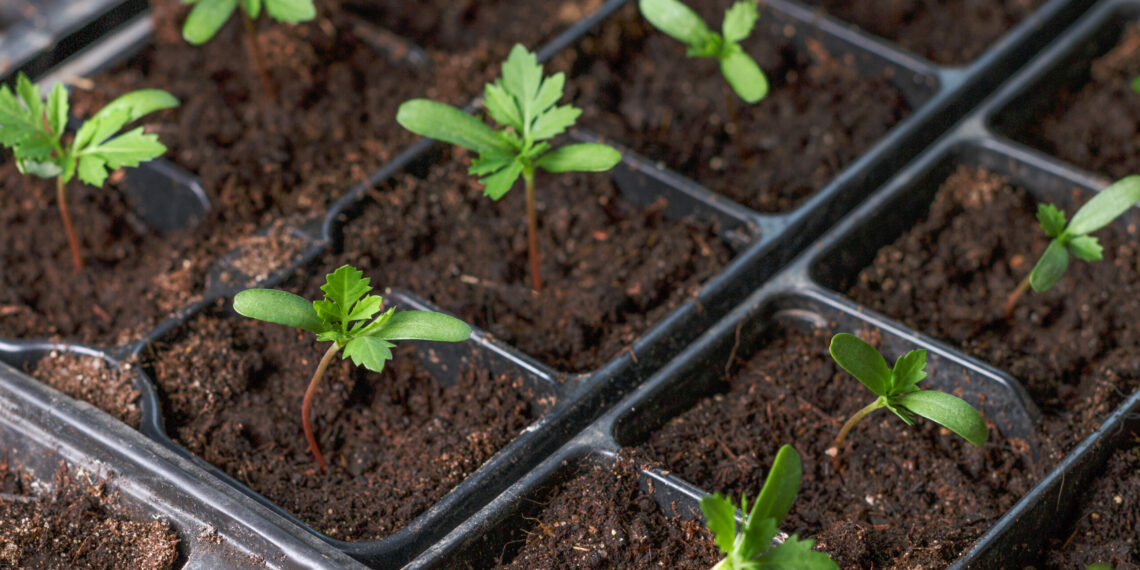Start Seeds Indoors
Get a jump on spring by starting garden seeds indoors.
Step 1: Choose the right crops to start inside. Cool weather crops including broccoli, cauliflower and kale are great, as are leafy greens, tomatoes, peppers and onions. Root crops such as potatoes, turnips, beets, radishes and carrots are best left to sow outside.
Step 2: Determine when to germinate each crop by counting backwards from the area’s last frost date. Most cool weather crops, greens and herbs can be safely transplanted outdoors a few weeks before the last frost date. Peppers, tomatoes and basil should remain indoors for a week or two after the threat of frost has passed. Using cold frames or row cover cloth can add a few weeks to the start of the outdoor growing season.
Step 3: Start seeds in containers that are at least 3 to 4 inches deep and have enough drainage holes to allow soil to stay moist, but not wet. Soil tends to dry out quickly in smaller containers. Avoid reusing old pots that are not sterile.
Step 4: Start seeds in a mixture of equal parts sphagnum peat moss, perlite (or parboiled rice hulls) and vermiculite. Pre-soak the soil in a bucket. Add water slowly to the mix until it is moist, but not soggy.
Step 5: Fill each container up to one inch below its top. Sow seeds in furrowed rows twice as deep as the seeds are wide.
Step 6: Label the seeds properly and place the containers in a warm sunny area. Soil temperatures need to be kept above sixty degrees for seeds to germinate. Peppers and tomatoes need soil temperatures above seventy-eight degrees to germinate.
Step 7: Avoid leggy, weak plants by giving sprouted seedlings 14 to 16 hours of direct light daily. Use a full-spectrum LED or fluorescent plant bulb. Keep the light two to three inches above the seedlings throughout the growing process. Reposition the light as the plants grow.
Step 8: Keep the soil moist and maintain a humidity level between 50 and 70 percent. Avoid watering the seedlings with tap water that has been softened. Allow chlorinated water to sit out overnight before watering with it.
Step 9: Once the seedlings have several sets of leaves and are two to three inches tall, transplant them into larger containers.
Step 10: Come spring, place seedlings outside for several hours each day before transplanting them into their garden home.
